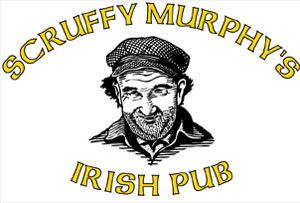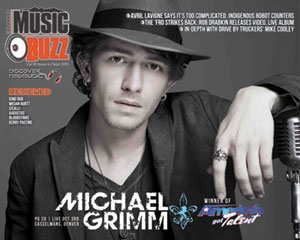Why Jazz Matters: Track 9
by Norm Provizer
A few months ago in this column, I made mention of the tribute Snoop Dog paid to Herbie Hancock when the Kennedy Center honored the great jazz pianist in 2013. At the event, Snoop referred to Hancock as the person who “invented hip hop.” While that testimonial might be a bit overly enthusiastic, anyone interested in understanding it might want to take a look at Hancock’s new autobiography titled Possibilities.
The word “possibilities” is clearly one that Hancock finds extremely attractive. After all, in addition to being the title of his autobiography, it was also the title of the pianist’s 2005 disc of duets (with folks from Carlos Santana, Paul Simon, Sting and John Mayer to Annie Lenox and Christina Aguilera), as well as a 2006 documentary on Hancock. And it’s not a bad choice at all.
Born in Chicago in 1940, Hancock’s classical chops were on display at the age of 11 when he performed a taste of Mozart with the Chicago Symphony Orchestra. Then he was off to Grinnell College to study engineering. Eventually, he switched his major to composition, but Hancock still left Grinnell just before graduating to return to practicing the music back in Chicago. (In 1972, Grinnell made things right when the college granted Hancock an honorary doctorate of fine arts.)
Before long he connected with trumpeter Donald Byrd and went to New York in 1961 to work with Byrd’s group. By 1962, the pianist’s work was sufficiently impressive enough to get him a contract with Blue Note Records. That year, he released his first disc as a leader, Takin’ Off (which contained his original composition “Watermelon Man”). More Blue Note albums followed, adding his compositions “Cantaloupe Island” (that US3 would cover as “Cantaloupe”), “Maiden Voyage,” “Dolphin Dance,” “Speak Like a Child” and others to the list of jazz standards played by musicians everywhere.
At the same time that Hancock’s solo career was taking off, the pianist also joined Miles Davis in what is frequently referred to as the trumpeter’s second great quintet – a quintet with a revolutionary rhythm section made of Hancock, bassist Ron Carter and 17-year-old drummer Tony Williams, plus the eventual addition of Wayne Shorter on tenor saxophone.
It was with Davis that Hancock first sat down at the electric piano; and by 1968, the pianist was ready to move out on his own with the eclectic Mwandishi sextet that served up a blend of music. After Mwandishi, Hancock launched his electric Headhunters group that got attention with its tune “Chameleon” from the band’s inaugural disc in 1973.
It was all part of the birth of jazz-rock. Miles Davis was going electric and there was Chick Corea’s Return to Forever and John McLaughlin’s Mahavishnu Orchestra. Hancock even had a recurring dream of playing with Sly and the Family Stone. Then in 1983, Hancock made a major pop splash with “Rockit.”
In the decades that followed, Hancock would play in straight-ahead jazz contexts (including duets with fellow pianist Chick Corea, a duet that will be in Denver in March) and would win an Oscar for his soundtrack for the movie Round Midnight), as well as keeping his ear open to more pop sounds. And in 2008, he accomplished something that just doesn’t happen very often at all – Hancock created a jazz disc that won the Grammy as best album (of any kind) of the year. That was his Joni Mitchell tribute titled River: The Joni Letters.
Speaking of the important role played by Miles Davis in his musical life, Hancock has noted that the trumpeter “set me on a path to find my own answer.” When it comes to creativity, that’s exactly what leaders should do – not provide the answers but set the talented members of their groups on a path to discover their own answers.
In terms of live jazz on tap during the month, Dazzle continues to add to its impressive record of bringing in many of the best newer groups in the music when bassist Ben Allison and his band are on stage December 3-4. Later in the month, Dazzle offers three players connected to Denver who have significant reputations nationally. On December 20, it’s cornetist/trumpeter Ron Miles performing with his group that has one of the top drummers in jazz, Matt Wilson, on hand. The following week (December 27-28), alto saxophonist Brad Leali returns to town with his Jazz Orchestra, followed by the great modern-blues player Otis Taylor on December 30-31. For a taste of New Orleans, the Rebirth Brass Band is at the Bluebird Theater on December 6, while bassist Victor Wooten is at Cervantes on December 27. And the Organization offers a jazz take on the music of Jimi Hendrix at Dazzle on December 6.
Category: Buzzworthy2


















